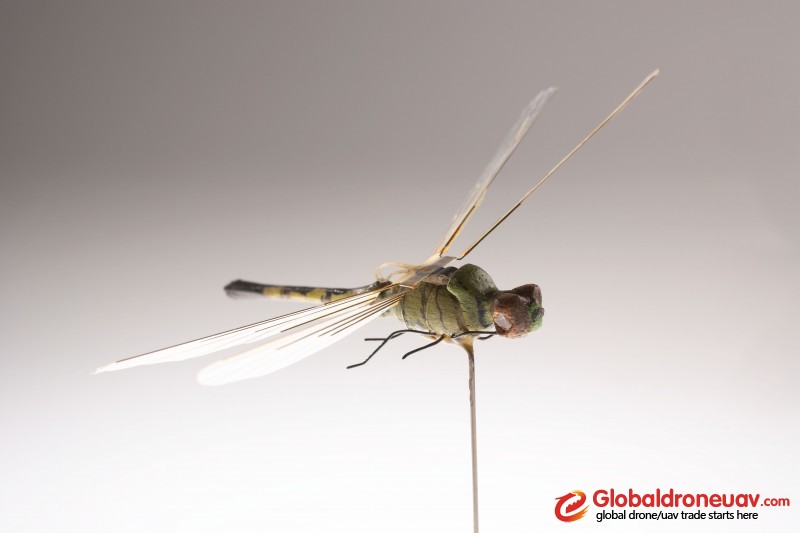
CIA created a nano-sized dragonfly drone in the 1970s!
Biologically inspired drones may be seen more often in future UAVs, but it’s nothing new. The CIA created a nano-sized drone of their own back in the 1970s. At a time when the government required a miniature listening device, they invented a mechanical bumblebee. Their initial design was too difficult to control, so they ditched the idea and invented the Insectothopter, a mini dragonfly drone. The CIA found some success in their drone design, but it was never operational because of its problem with wind.
Dragonfly drone
The base design for the dragonfly drone was suggested by an amateur entomologist, or a scientist who studies insects. A watchmaker was the one who actually designed the UAV. He installed a mini fluidic oscillator, which is used to propel the wings up and down. The oscillator was fueled with a small amount of propellant to produce gas. A laser beam system was utilized as guidance and a data link for its audio sensor payload. Insectothopter was capable of flying up to 656 feet away, and it had a flight time rated at 60 seconds with a 1 gram payload. Just like the mechanical bumblebee, Insectothopter experienced problems with flight control whenever crosswinds were apparent, so it was unused on the field and is now stored at the CIA Museum.
Insectothopter measured in at 6 cm in length, 9 cm in width and 1.5 cm in height. Being that it was created nearly half a century ago, imagine what kind of technology the CIA has now.
Cyborg drones
Insectothopter was built from the ground up, but now scientist are experimenting with cyborg drones. By using a real insect and equipping it with a backpack-like device that could control its actions, a new generation of insect drones may be on the rise. One example of this is the DragonflEye. According to Popular Mechanics, DragonflEye is a genetically modified dragonfly with light sensitive “steering neurons” implanted in its spinal cord. Insects fitted with a custom backpack filled with sensors are capable of being controlled, but it’s still in development. Flashes of light are used to make the insects fly or move. As of right now, scientists have only figured out how to make them fly in a straight line. Here is video showcasing the cyborg insect drone in action:
Nature inspired insect drones are beneficial because of their size. Modern cyborg drones are controversial because scientists are creating drones out of real insects. There are endless applications for these types of UAVs, but they will most likely be used for military or research purposes rather than for consumer use. Regardless, insect-like drones were created as far back as the 1970s, and nature is still being used as an inspiration for tomorrow’s drones.

